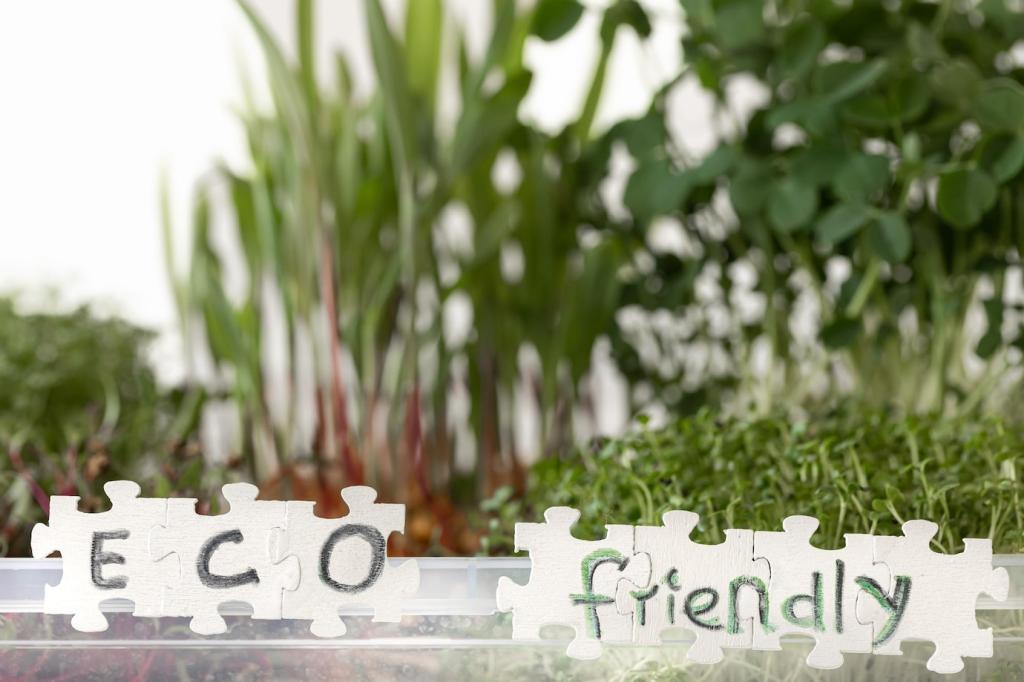Application Techniques That Outlast the Weather
Apply generously with a lint-free cloth or soft brush, keeping the surface wet for 10–20 minutes. Feed thirsty end grain. Then wipe absolutely all excess to avoid tackiness. This leaves oil in the wood, not on it—key for faster curing and a natural sheen.
Application Techniques That Outlast the Weather
For tung oil, plan multiple thin coats—often two to four initially—allowing 24–72 hours between, depending on temperature and humidity. Lightly buff between coats. If it still feels oily, wait longer. Thin, patient layers build resilience without turning gummy in summer heat.



